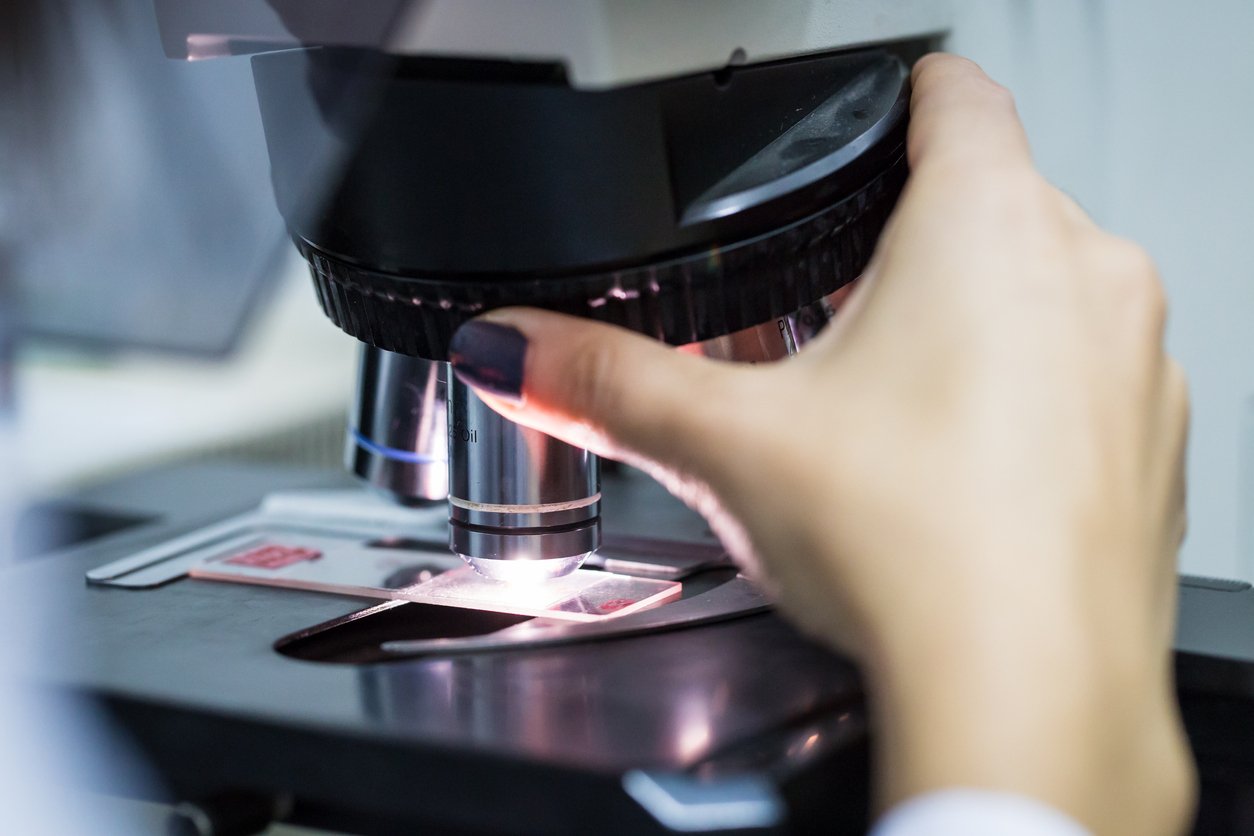Today we continue our ongoing blog series, a review of the 2019 article Histopathological Evaluation of Orthopedic Medical Devices: The State-of-the-art in Animal Models, Imaging, and Histomorphometry Technique by Nicolette Jackson, Michel Assad, Derick Vollmer, James Stanley, and Madeleine Chagnon. As this is a rather comprehensive article, we are offering a brief summary here with the recommendation that you read the original article to understand more about medical device histopathology.
As we've mentioned in previous blogs, there is a growing need for qualified medical device pathologists to study and evaluate the newest state-of-the-art biomaterials and their expanding applications in the fields of:
- Sports medicine
- Soft tissue regeneration
- Spine
- trauma
- Joint arthroplasty
Here we'll review a significant endpoint of medical device histopathology: assessing the biocompatibility of an implant with surrounding tissue using the ISO 10993 Part 6 guidance document (ISO 10993-6: 2016); and we'll touch lightly on scoring systems designed specifically for osteoarthritis evaluations.
ISO 10993-6: 2016
ISO 10993-6: 2016 specifies testing methods used to assess local effects after medical device implantation. It's also known for its appended histopathology scoring system. Per the article, a modified version of this scoring system (Tables 1–3 in the article text) is commonly used by the author (Nicolette Jackson) in successful regulatory submissions for orthopedic implant studies.
Dr. Jackson and other StageBio pathologists find that these modifications are most useful for long bone unicortical defect studies with biostable implants. However, as noted, this adjusted scoring system is also appropriate for bioabsorbable implants during the early stages, before the active phase of bioabsorption occurs.
Adjustments to ISO 10993-6: 2016
We suggest you review the tables in the article for specific adjustments to IS0993-6: 2016. In addition to the original ISO recommendations, the authors include specific, unique parameters such as:
- Osseointegration, which can be evaluated as cortical apposition separately from medullary apposition
- Capsular thickness, which involves measuring the thickness of the fibrous or fibrovascular tissue surrounding the implant at typically three peripheral locations using an ocular micrometer
Then, an irritancy/reactivity score is calculated to determine the irritancy status of the test implant compared to a control implant.
Jackson et al. note the following important points:
- The H&E stain is imperative to determine the inflammatory cell types.
- A bone-specific stain is used to determine the bone quality at the interface and to assess for new bone growth.
Biostable Orthopedic Implants
Osseointegration is a crucial response for a biostable orthopedic implant. Bone-implant contact (BIC) provides for long term stability of the implant within the surrounding bone.
Biodegradation & Bioabsorption Response of Bioabsorbable Implants
Typically, a polymer implant begins to degrade by hydrolysis, resulting in a decrease in molecular weight. Eventually, the implant loses strength and will subsequently break down into particulates and/or secondary products to be absorbed by the body and excreted.
This process can appear histologically as surface fragmentation of the implant due to hydrolysis. Alternatively, it may "manifest as a loss in width of the implant with peripheral phagocytic activity by macrophages and multinucleated giant cells that engulf the bioabsorbable material to remove the material from the site."
Required Time Frames
For bioabsorbable implants, osseointegration is more important at early time points but becomes less important over time as the goal of the bioabsorption response is to remove the bioresorbable material and to fill the area with tissue ingrowth. This process may take years, so long-term studies may be appropriate if a complete understanding of the bioresorption and bioabsorption processes is required for regulatory approval.
Scoring Systems for Osteoarthritis Evaluations & More
Several prominent scoring systems have been published, with the Mankin score preceding the very popular OARSI (Osteoarthritis Research Society International) initiative. These scoring systems have been standardized for the most commonly used animal species to permit comparison of data across studies and animal models.
Learn More About Orthopedic Medical Devices
StageBio is a histopathology lab with more than 20 board-certified pathologists on staff. We have labs in Virginia, Ohio, Maryland and Massachusetts. We hope you've enjoyed our discussion of this article centered on the histopathology of bone implantation studies. If you'd like to learn more about our lab or staff, contact us today!
